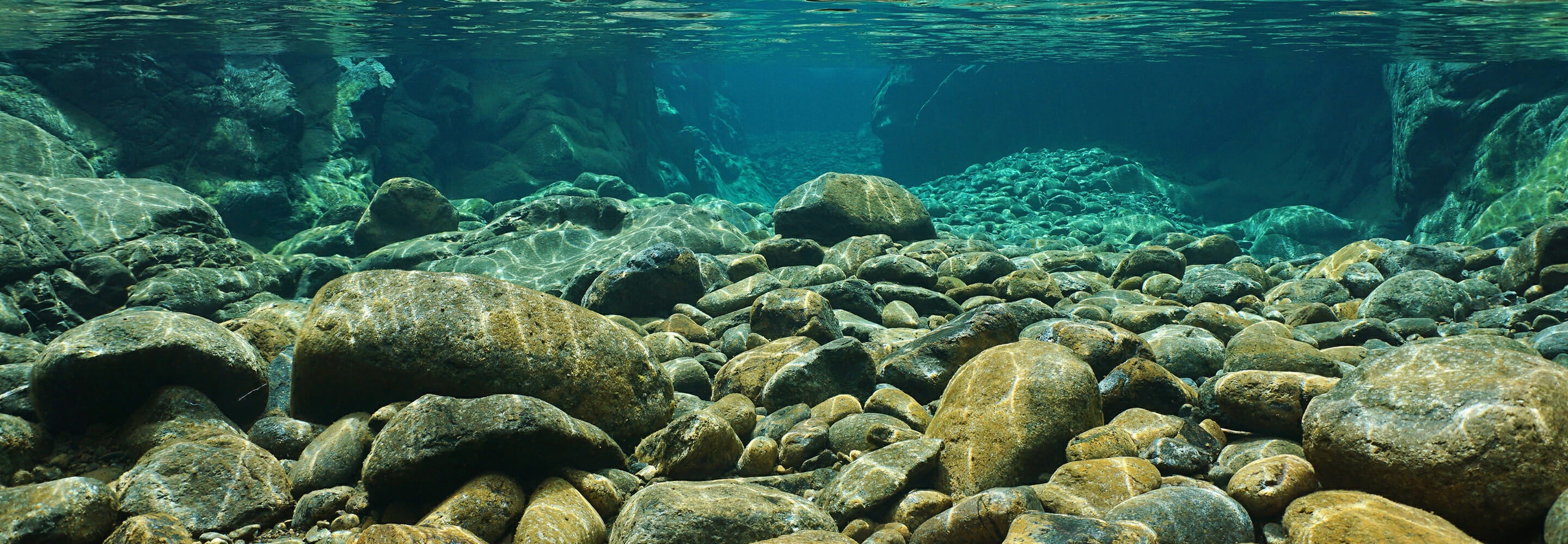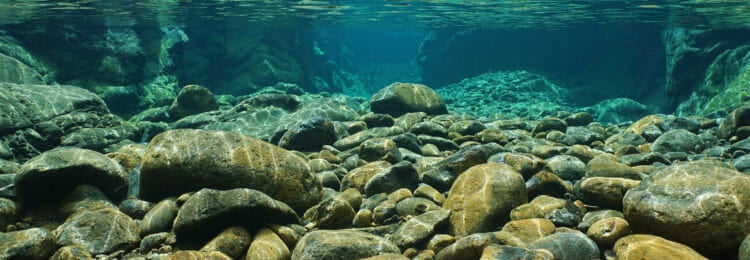-
Size
Maximum length of 28 inches (71 cm) -
Diet
Plankton, fish and cephalopods -
Range
Eastern Pacific -
Habitat
Kelp forests
Physical Characteristics
- Coloration is brownish olive, with a random pattern of yellow spots on the head, two distinctive rows of white blotches on the upper back and calico spotting on the belly. Fins are yellow-toned in coloration and males adopt an orange chin during mating season.
- Largest recorded kelp bass was 28.3 inches (72 cm).
- Juveniles are light brown in color and usually lack the characteristic markings of mature kelp bass.
Animal Fact
Adult kelp bass will often school together to prey on small fish. Each fish will pursue from a different direction, allowing the school to surround prey.
Diet / Feeding
- Diet varies depending on age, though both juveniles and adults feed on plankton.
- Adults feed on fish and cephalopods.
- Juveniles feed on benthic (bottom-dwelling) invertebrates.
- Adults will often school together to prey on small fish. Each fish will pursue from a different direction, allowing the school to surround prey.
Range / Habitat
- Occurs in the Eastern Pacific, from Washington State to Baja California.
- Found in or near kelp beds in depths of up to 200 feet (61 m), but most commonly found in waters around 82 feet (25 m) in depth.
- Mainly found in kelp forests, but can also be seen congregating around shipwrecks, rocky outcrops or reefs and pilings.
Reproduction & Growth
- Reproduction is broadcast, where the male and female release gametes that fertilize in the water column.
- Forms mating aggregations with as few as 3 individuals to as many as 200.
- Mature kelp bass spawn multiple times during mating seasons, sometimes spawning multiple times a day.
- Fertilized eggs drift freely through the water column for about 30 days, at which point kelp, acting as a sieve, filters the larvae out of the water to settle on the leaves.
Conservation Status
- “Least Concern” on the IUCN Red List.
Additional Information
- Also known as the “rock sea bass” or the “calico bass.”






